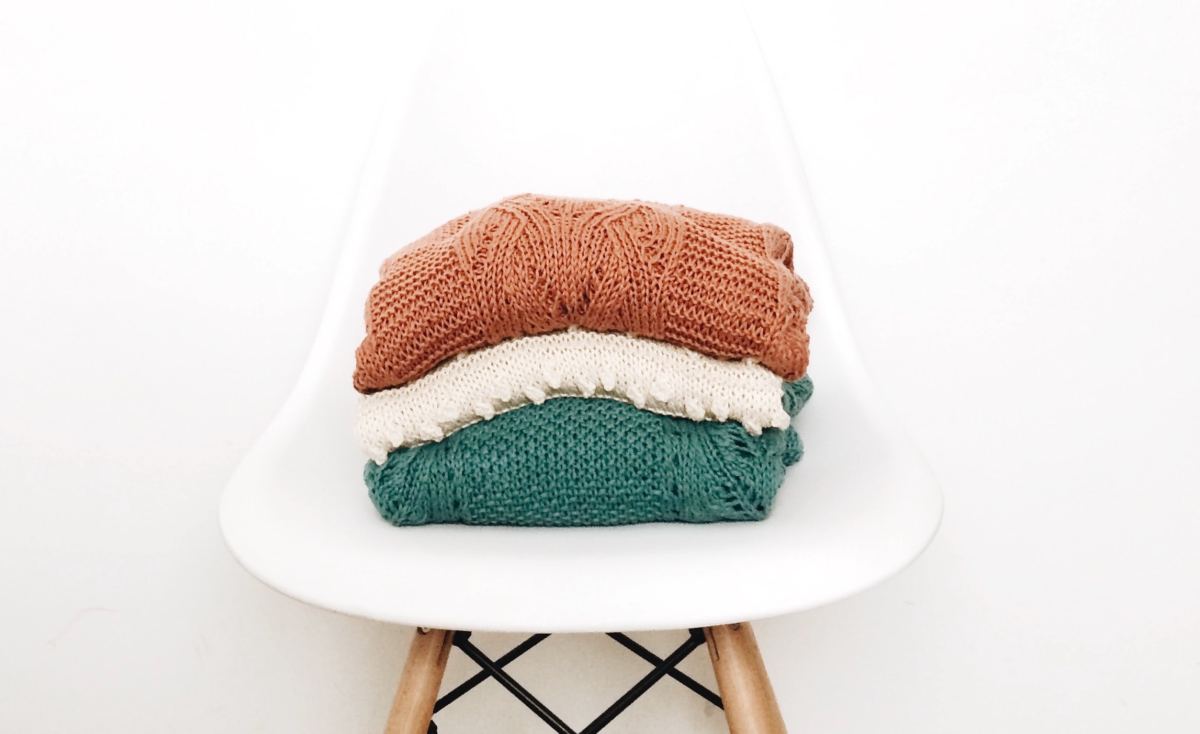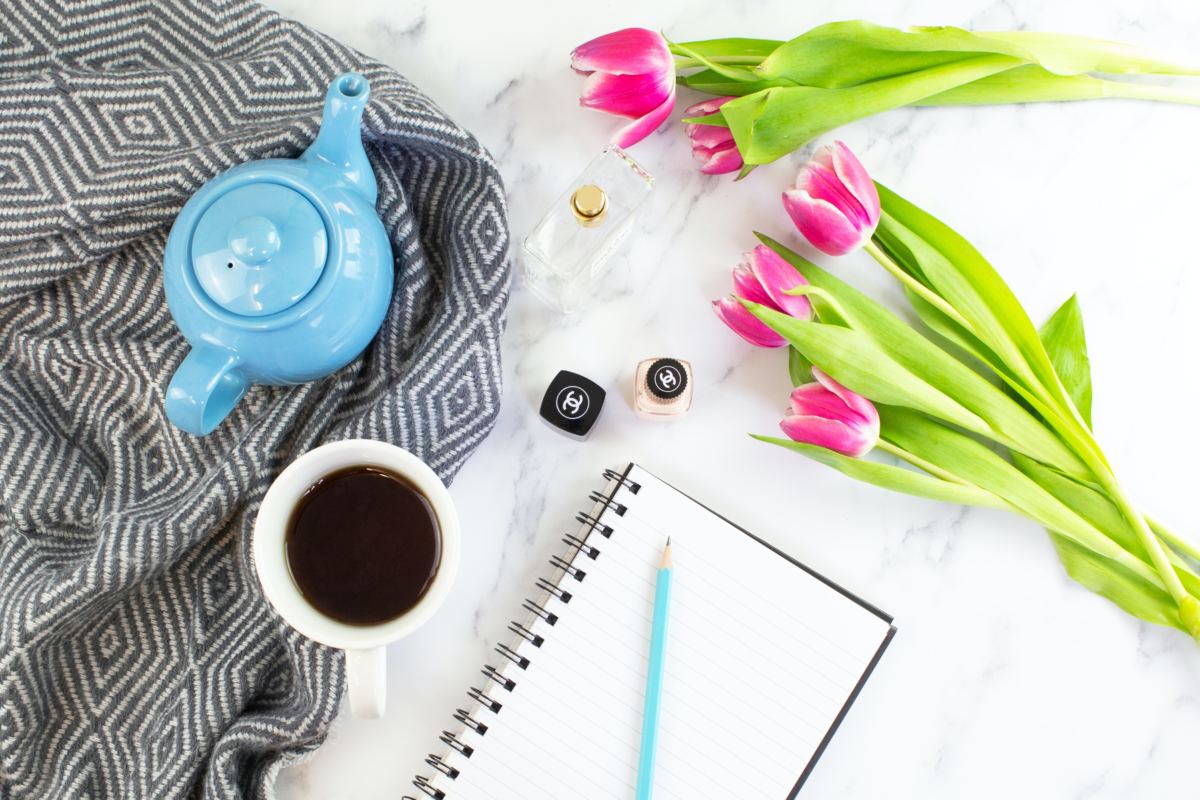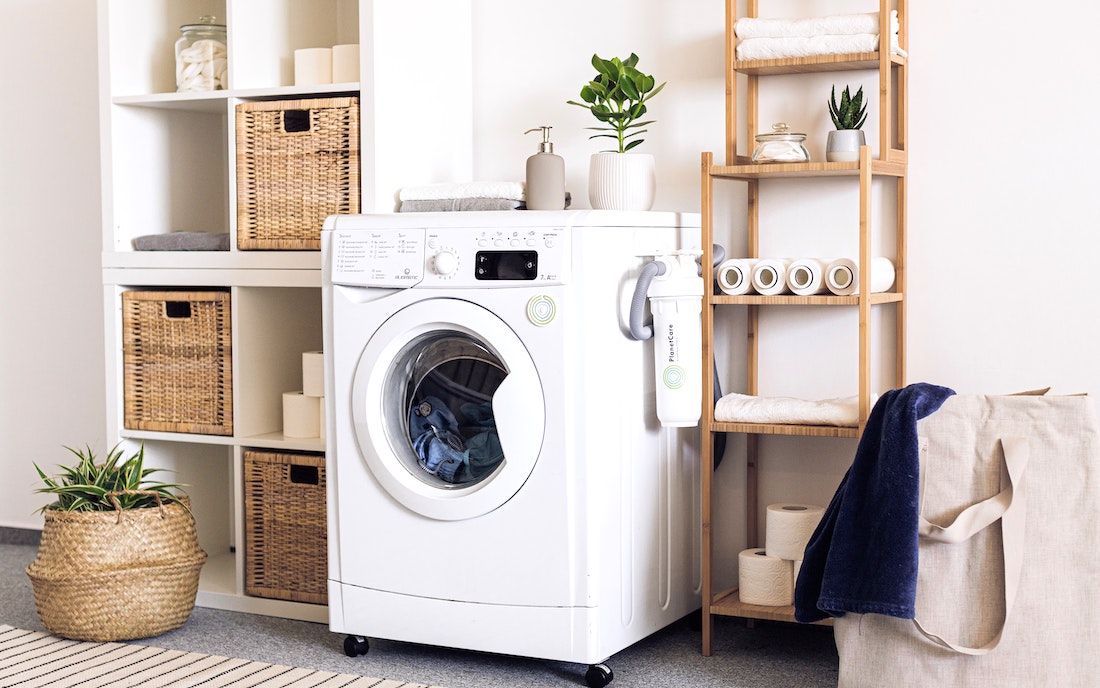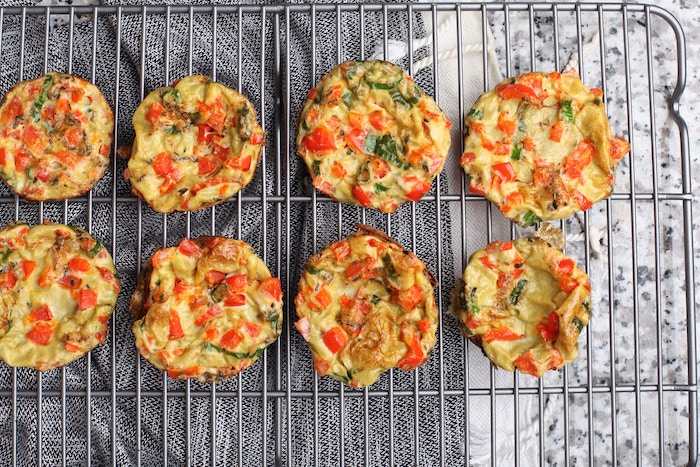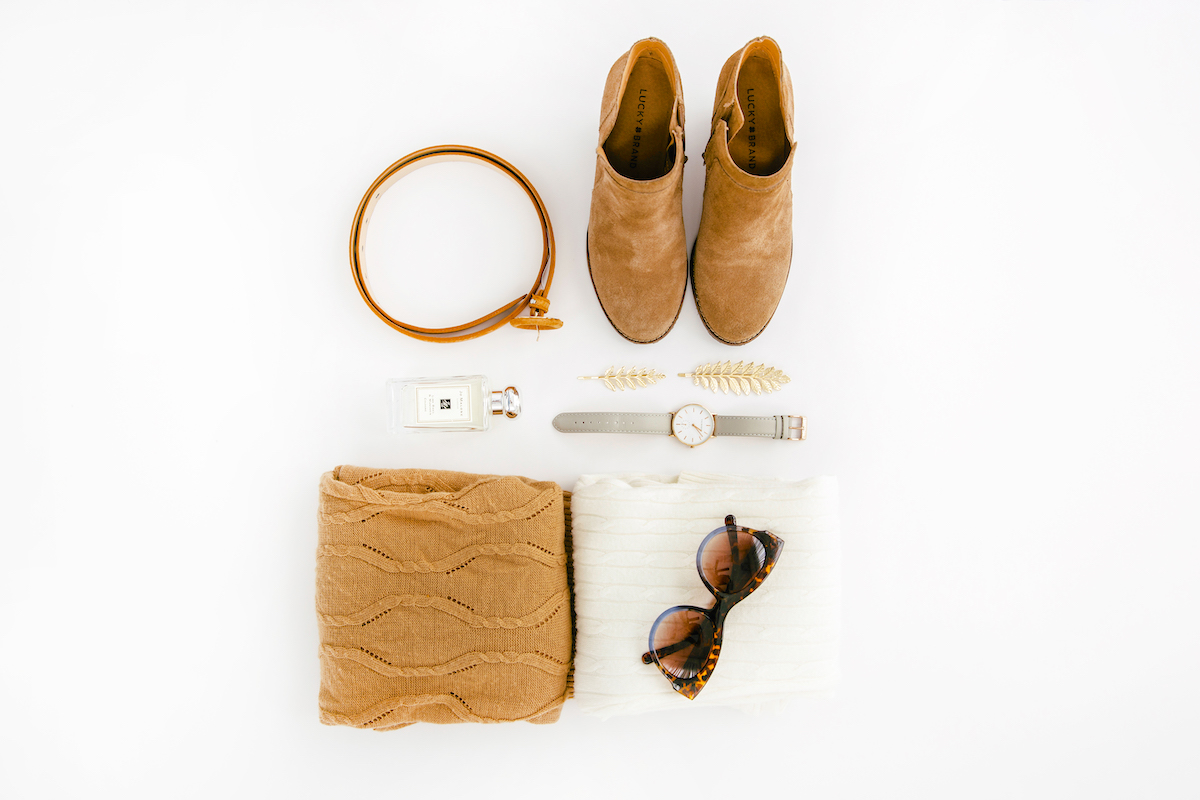Planner tips for beginners
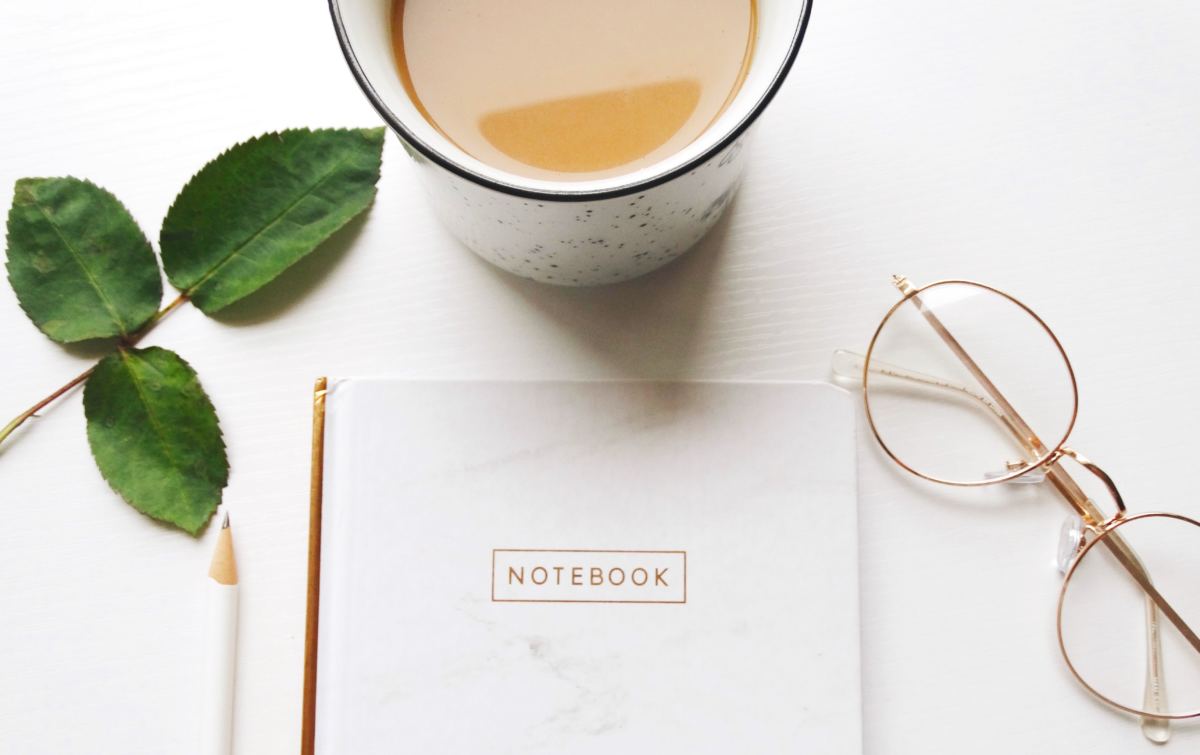
Using a planner to help you become more organised, tick things off your to do list, or get your thoughts down on paper can be intimidating, as there’s a lot of planner advice online.
However, I’m here to reassure you that you don’t need to feel intimidated to use a planner. You don’t have to decorate the pages, there is no one best way to plan your days, and it doesn’t have to be mistake free, your planner just has to work for you.
If you’d like to start using a planner but feel a little intimidated, or don’t know where to start, or you’ve already started using a planner but you’d like to go back to basics, then here are some planner tips that will hopefully inspire you to use your planner to help you get things done.
DON’T FEEL OVERWHELMED
If you research online on the different ways to start a planner you will be bombarded by countless types of information on the dos and don’ts of planners, planner essentials, planner guides, the list goes on and on.
It is this very reason why many of us, myself included, can easily feel overwhelmed before even starting a planner, and may decide that it’s all too hard and not start one at all.
Don’t feel overwhelmed by all of this, to start your planner doesn’t need decoration, it doesn’t need lists, it doesn’t need to be used in any fancy way.
Don’t let the excess planner information and pretty pictures put you off. Just remember that everyone uses their planner differently, some people actually need creativity and stickers to make them productive, and that’s okay.
For now try to avoid looking at too many resources and use your planner in the most basic way that you can, and that’s to start making to do lists, which is covered down below.
HOW TO CHOOSE THE RIGHT PLANNER
There are many different planners on the market, varying in size and the types of things that they can help you keep track of.
Here are some questions you can ask yourself when deciding which planner will suit your planning needs.
- Do you need something you can use on the go?
- Would you like a large, medium, or small planner?
- Do you need something that’s plain in design?
- Do you want a planner that can help you work on things aside from daily to do lists such as meal planning or goal setting?
- Would you like to plan on a daily or weekly basis, or want something longer term like monthly?
Once you have a better idea of what you need, you can start to research the planners that will meet your needs.
Or if it’s all too confusing at this stage and you don’t have any particular planning need in mind, a planner with a monthly calendar in it, and pages that allow you to make daily to do lists is the best planner to start with, and one of the most common planners to find.
JUMP IN AND START PLANNING
The best way to overcome any feelings of overwhelm you may feel towards using a planner is to just jump in and start planning in one.
You don’t need to know exactly how you’ll plan your days, or what other non to do list things you want to include in your planner before you start to use one. In fact, two years into using a planner I’m still finding my feet and regularly change how I prioritise my days and how I write things down.
How you use your planner will change over time, so the best thing to do is just start using it, and over time you’ll adapt your planning to your life.
Here are three things that you can plan to get you started in your planner, these things can be developed and changed to suit your planning needs overtime:
- Write down any important dates, events, and appointments in the planner’s monthly calendar for the entire year.
- Move these items to their relevant dates in the planner’s daily pages. Doing this means you’ll know how much time you have for other to dos on a day where an important date is recorded.
- If you don’t get everything done on a particular day don’t despair, simply move what you didn’t get done to another day where you have more time.
Once you’re comfortable with daily to do lists and would like to find other ways to use your planner, there are a lot of inspiring ideas on YouTube, Instagram and Pinterest.
Related posts:
How to do a brain dump to help manage mum life
SCHEDULE TIME TO PLAN
Making planning something you consistently do is one of the best ways to overcome any hesitations you may have for using a planner, as the more you use your planner, the more comfortable you’ll become using it.
Scheduling time to plan is the best way to become consistent.
Scheduling time to plan can be done at times that suit you.
For example, I plan a week at a time, so every Sunday night I make to do lists for every day of the following week. I have now also started to look at my planner every night and add things or take things off the following day if something has come up during the week that wasn’t in my planner when I planned the Sunday before.
To really get into the habit of planning, you may like to begin by planning everyday, this means that each night you’ll plan your following day, or each morning you’ll plan for the same day.
MAKE SURE YOUR PLANNER IS ALWAYS VISIBLE
Leaving your planner somewhere you can easily see it is a great way for you to keep on track of your daily to do lists.
My planner lives on the kitchen table so I can see it easily. Some other visible places include the living room, office, or bedrooms.
Related post:
How to use small pockets of time to get things done.
DON’T OVER PLAN
When you first start using a planner try not to over plan your days with too many things, because if you don’t get everything done, it may put you off using a planner for the long term.
As a start try having just three things on your daily to do list, which will get you used to working through a to do list, and ticking everything off will motivate you to keep using them.
Also, having white space in your planner, which is having days where you don’t have a lot of things on them and your planner isn’t full of text isn’t a bad thing.
Having a few items to accomplish on a particular day will make you feel less overwhelmed, and it will be a nice change from the days that you have a lot that you need to get done.
ADDITIONAL THINGS YOU MAY LIKE TO PLAN
Once you feel comfortable using a planner you may like to start to use it to work on other areas of your life.
If you’re interested in learning more about this, then please visit the following related posts.
Related posts:
10 planner list ideas to help you stay organised
60 lists to put in your bullet journal or planner
I hope these planner tips have made you feel less overwhelmed about using a planner, and excited to start using one to plan your days and get things done.
The main thing to remember is that your planner needs to work for you, it needs to help you get things done, so how you use it is entirely up to you.
What planner tips are you excited to try?
I’d love to hear about them in the comment section below.

